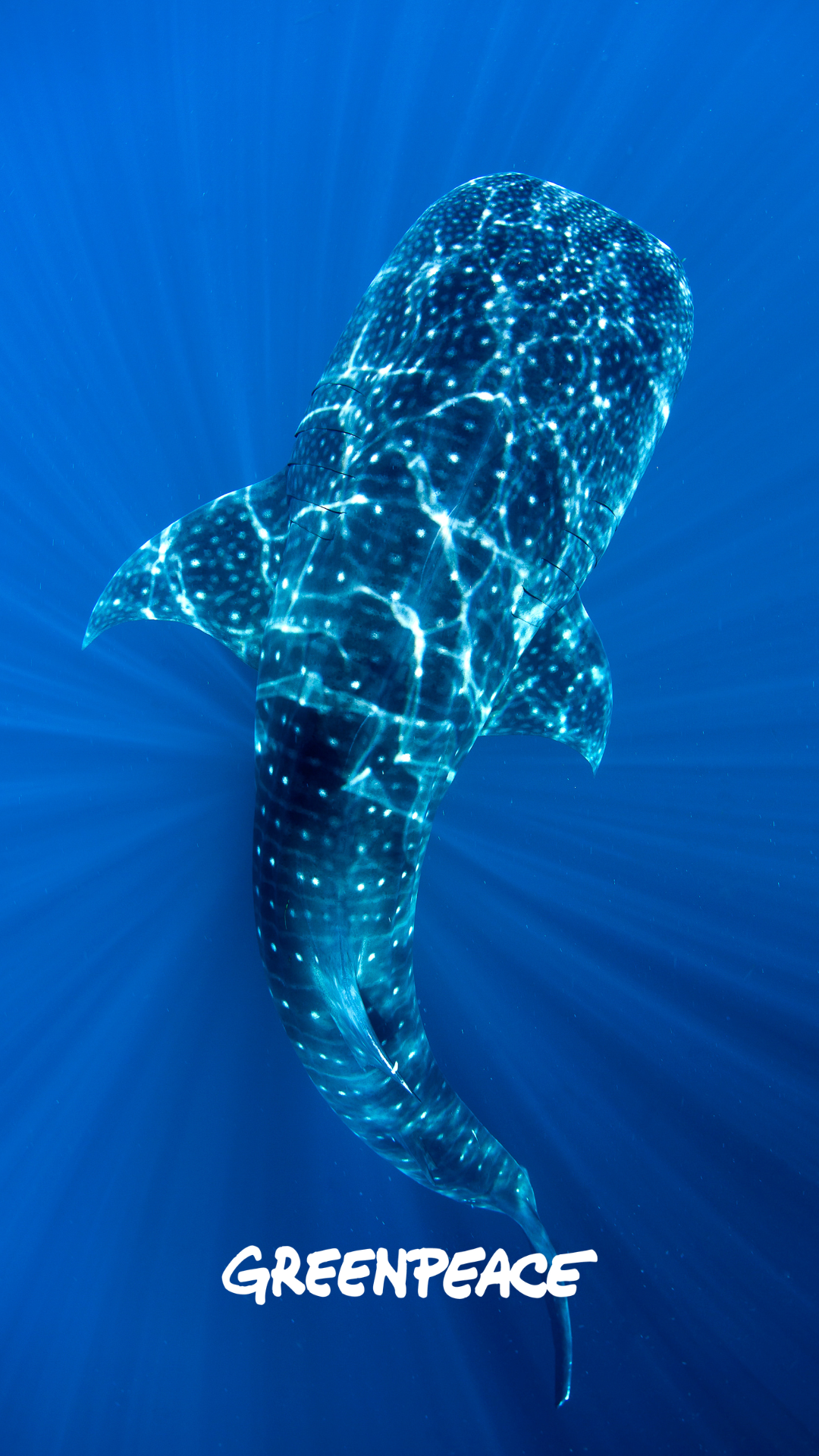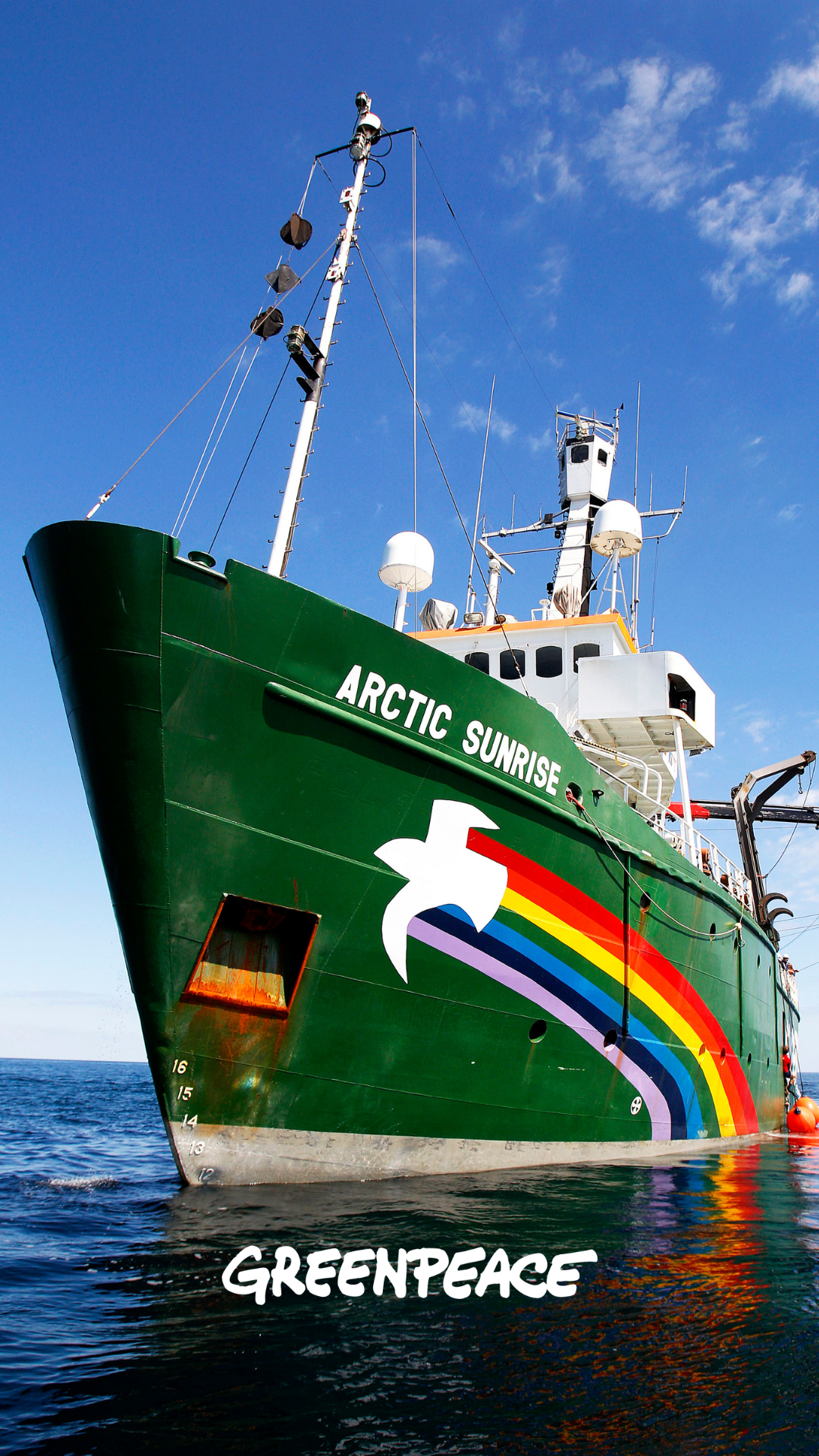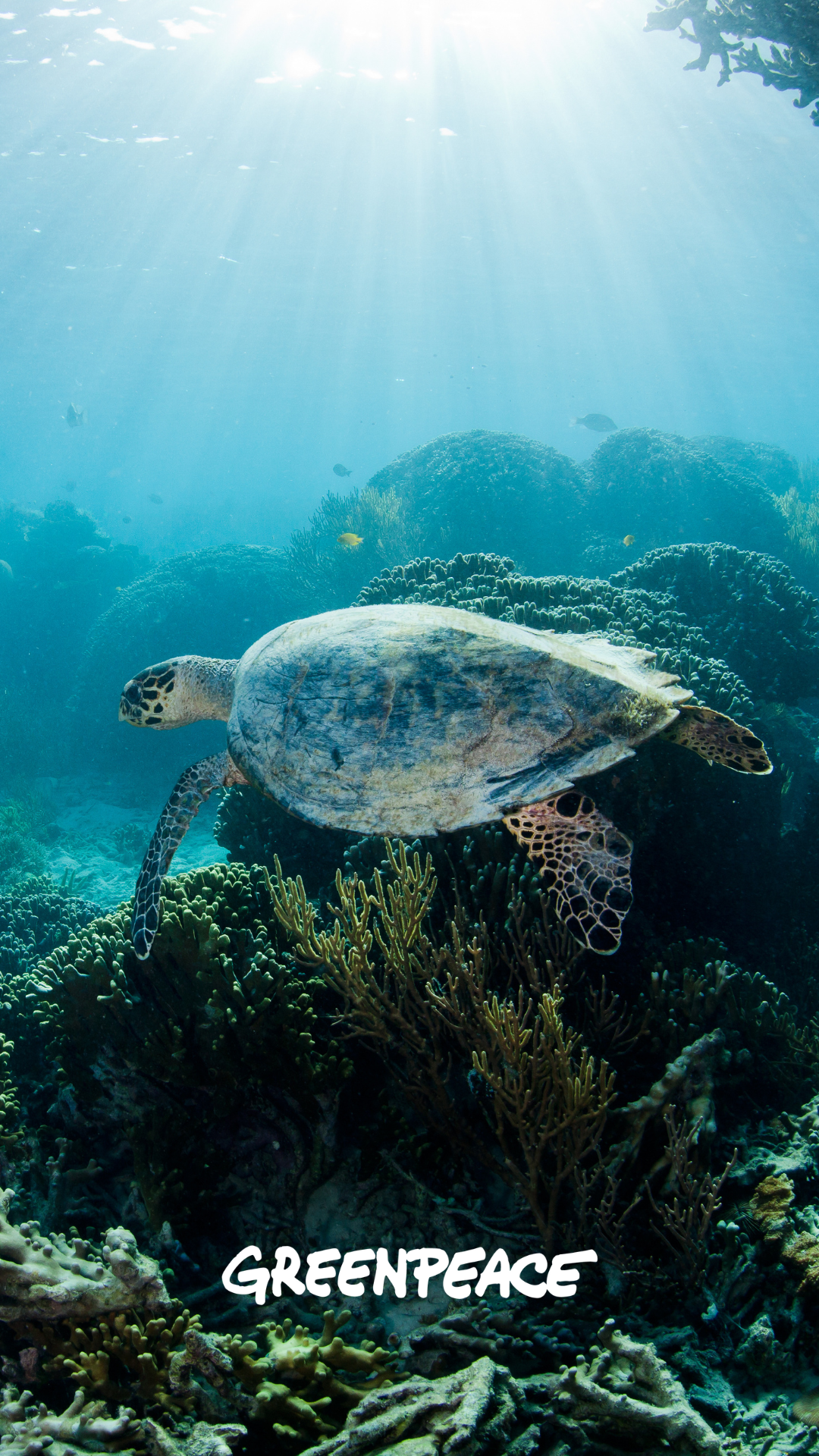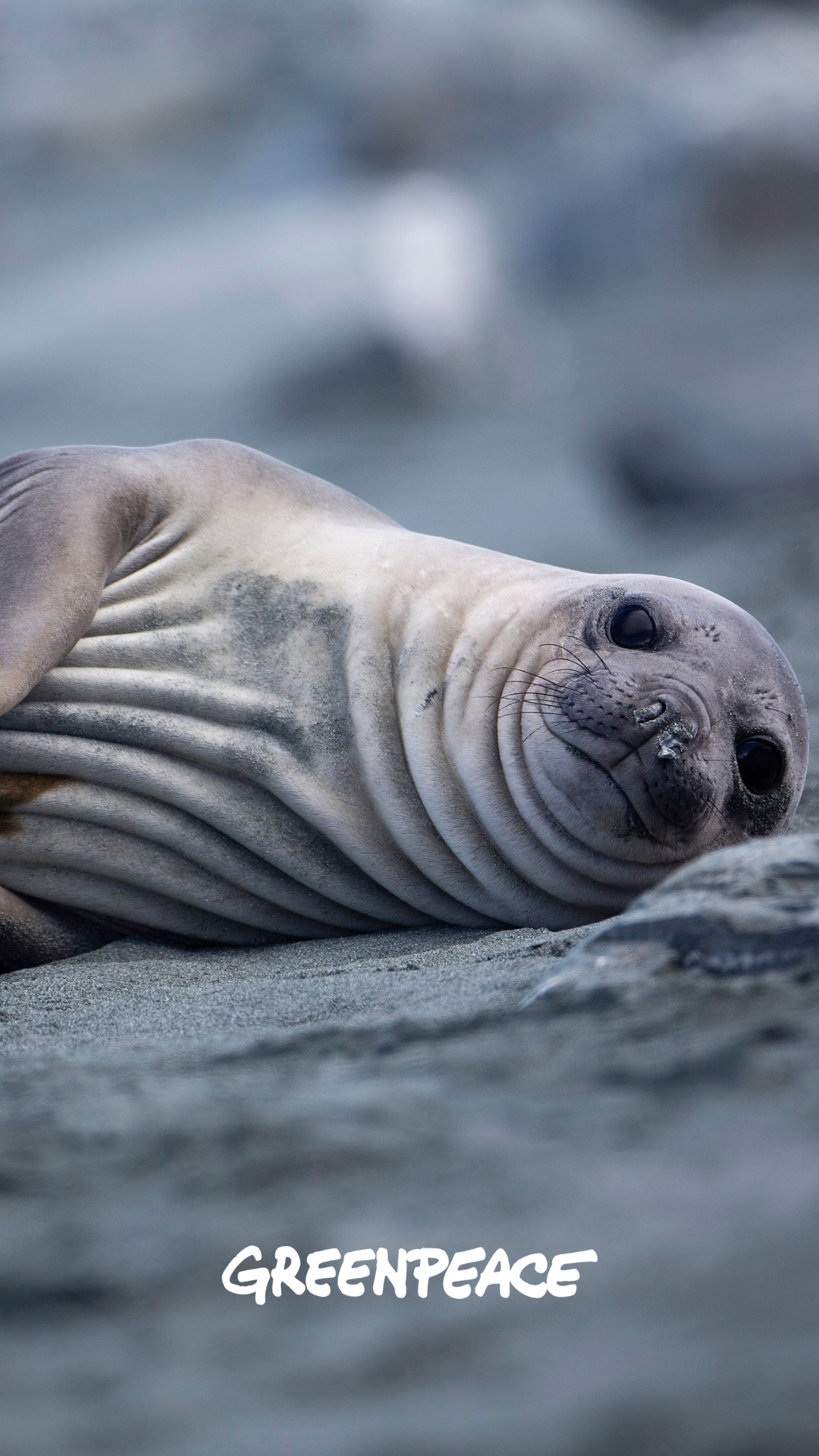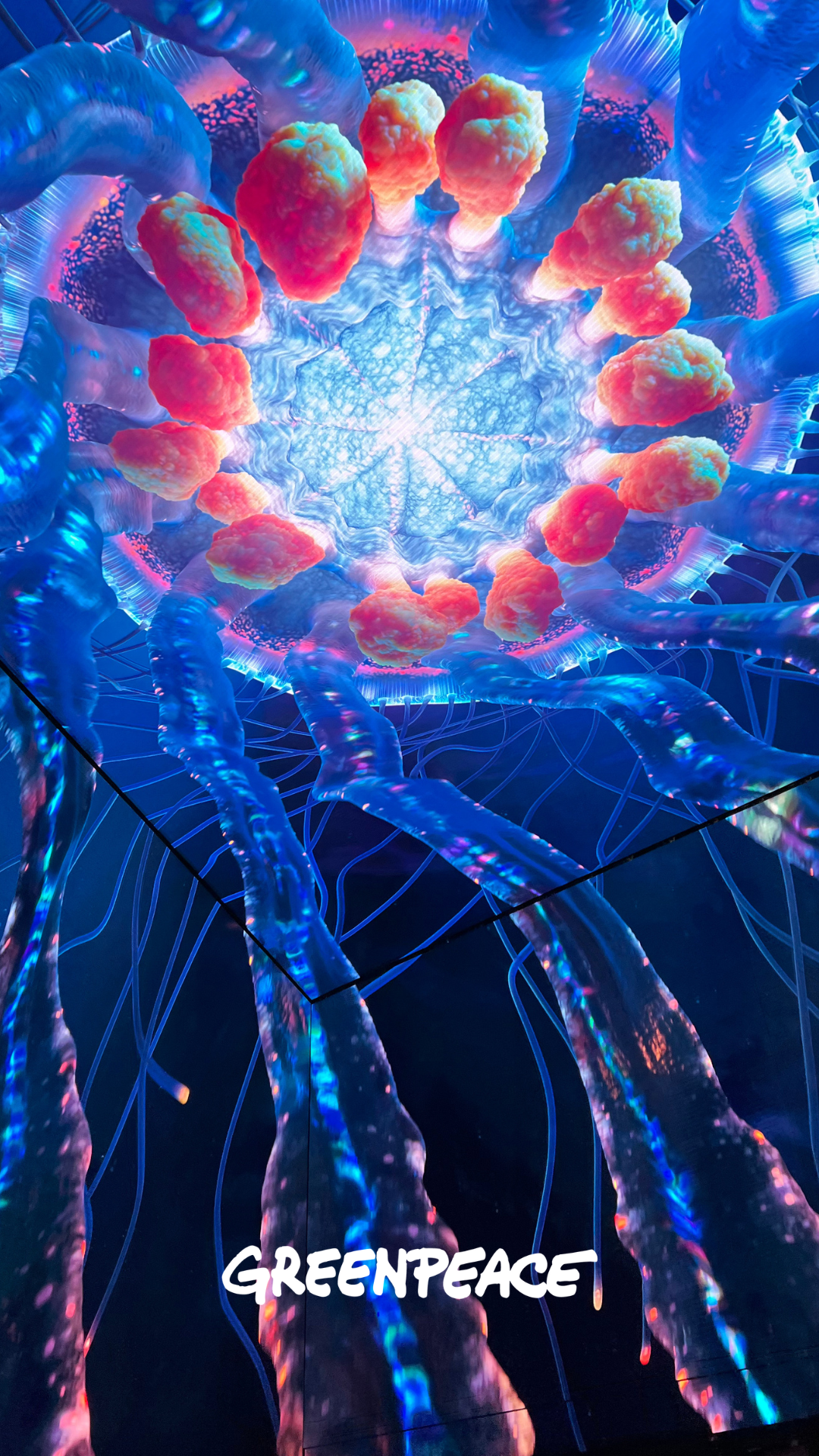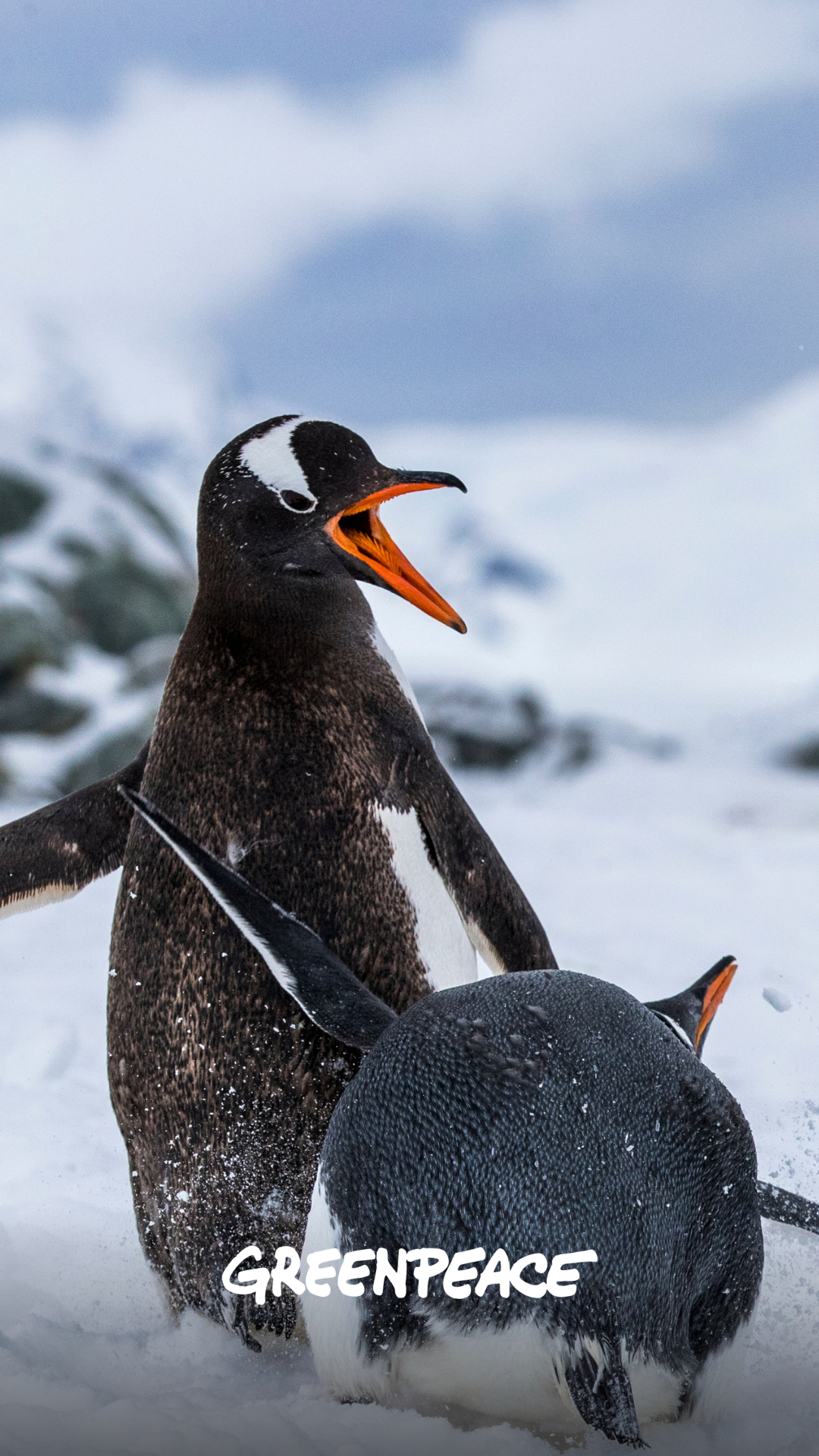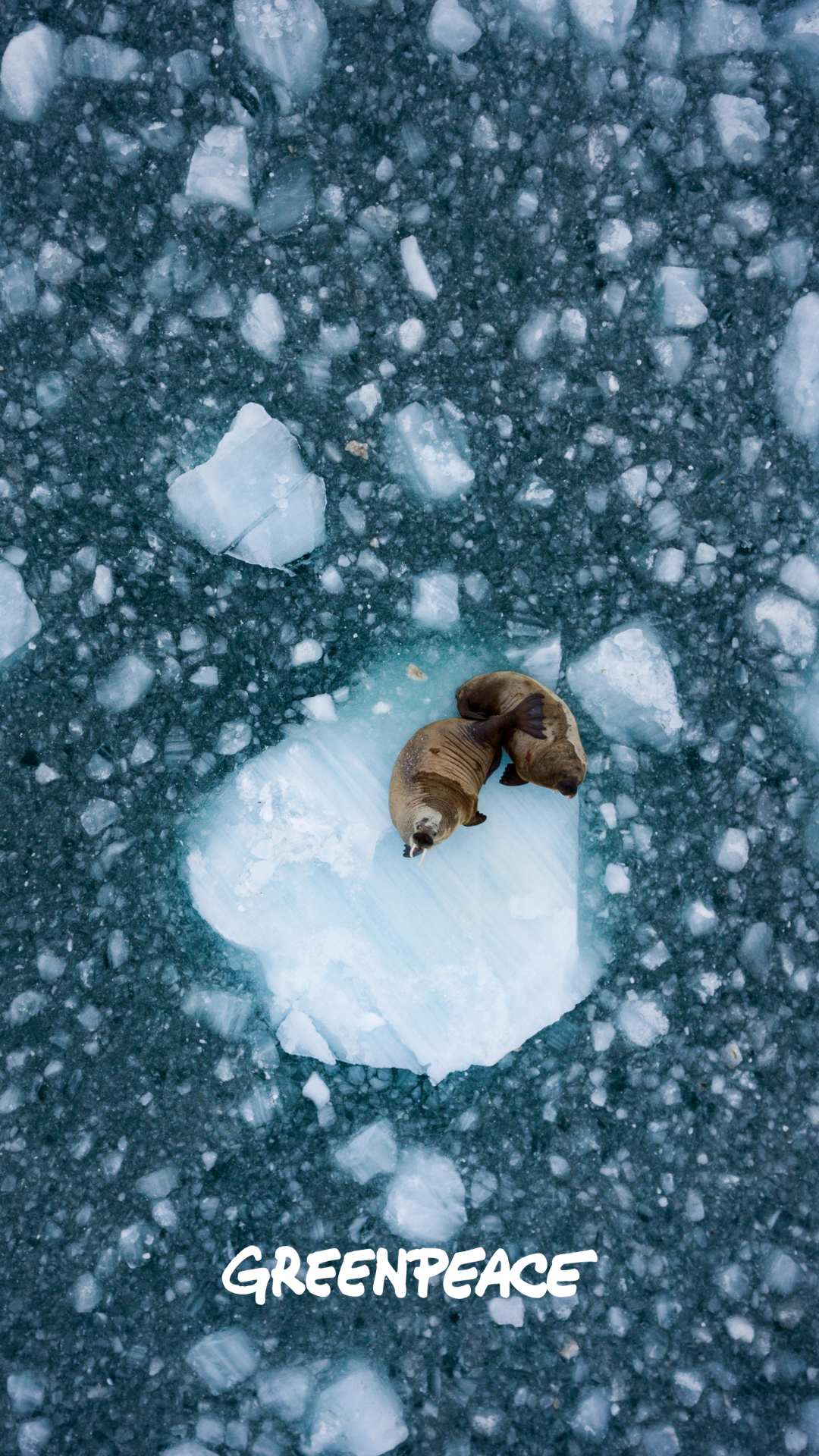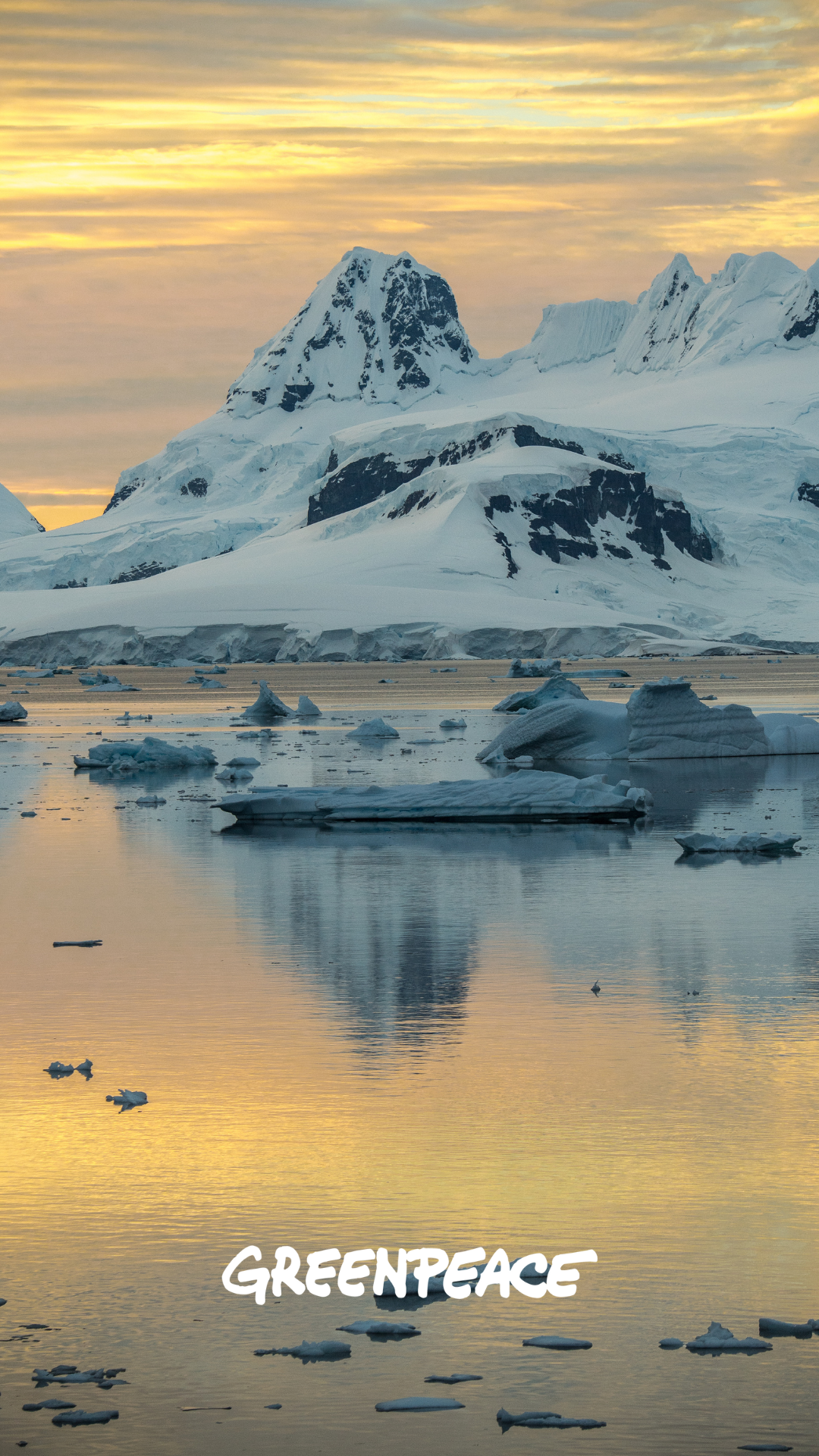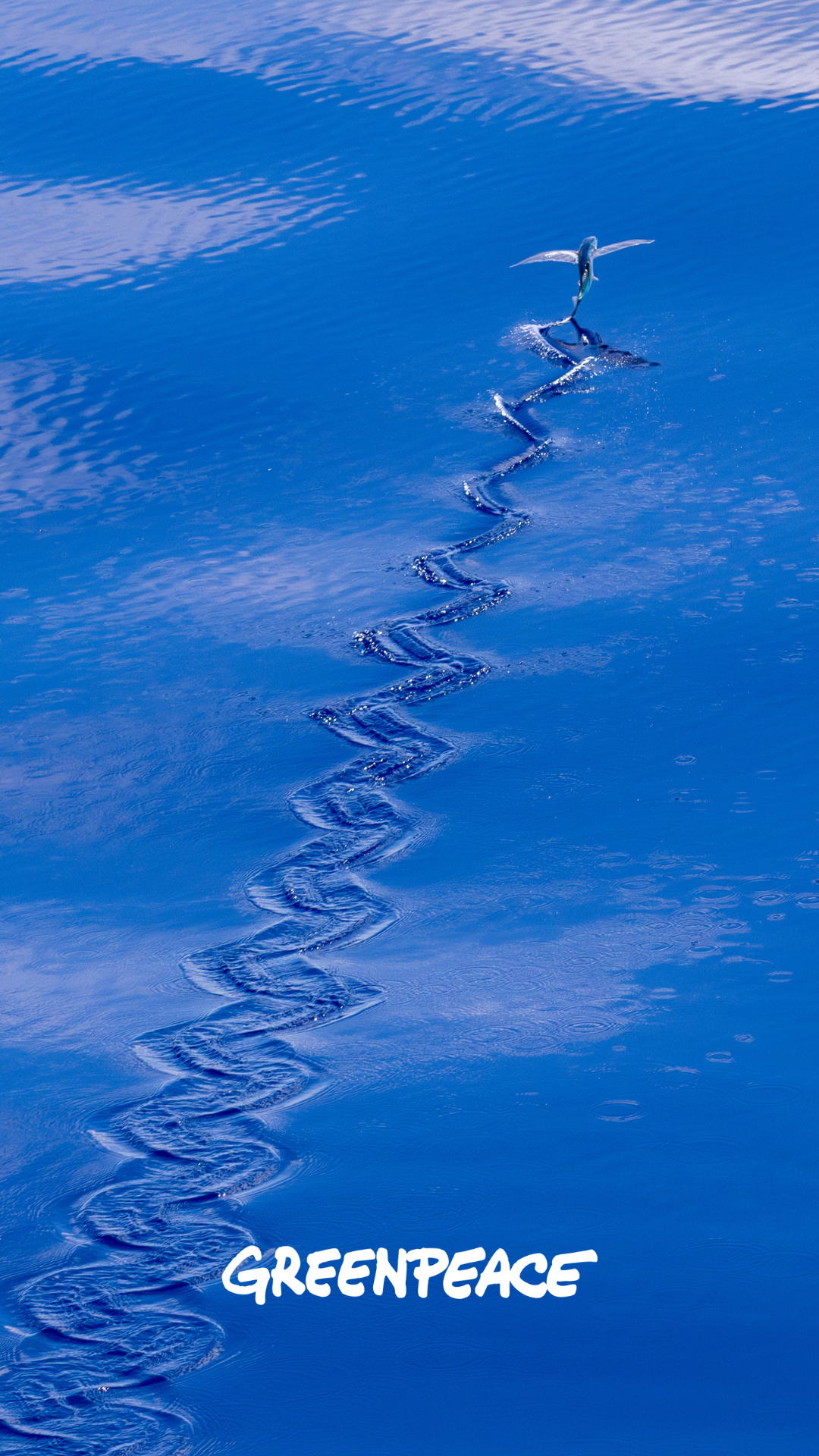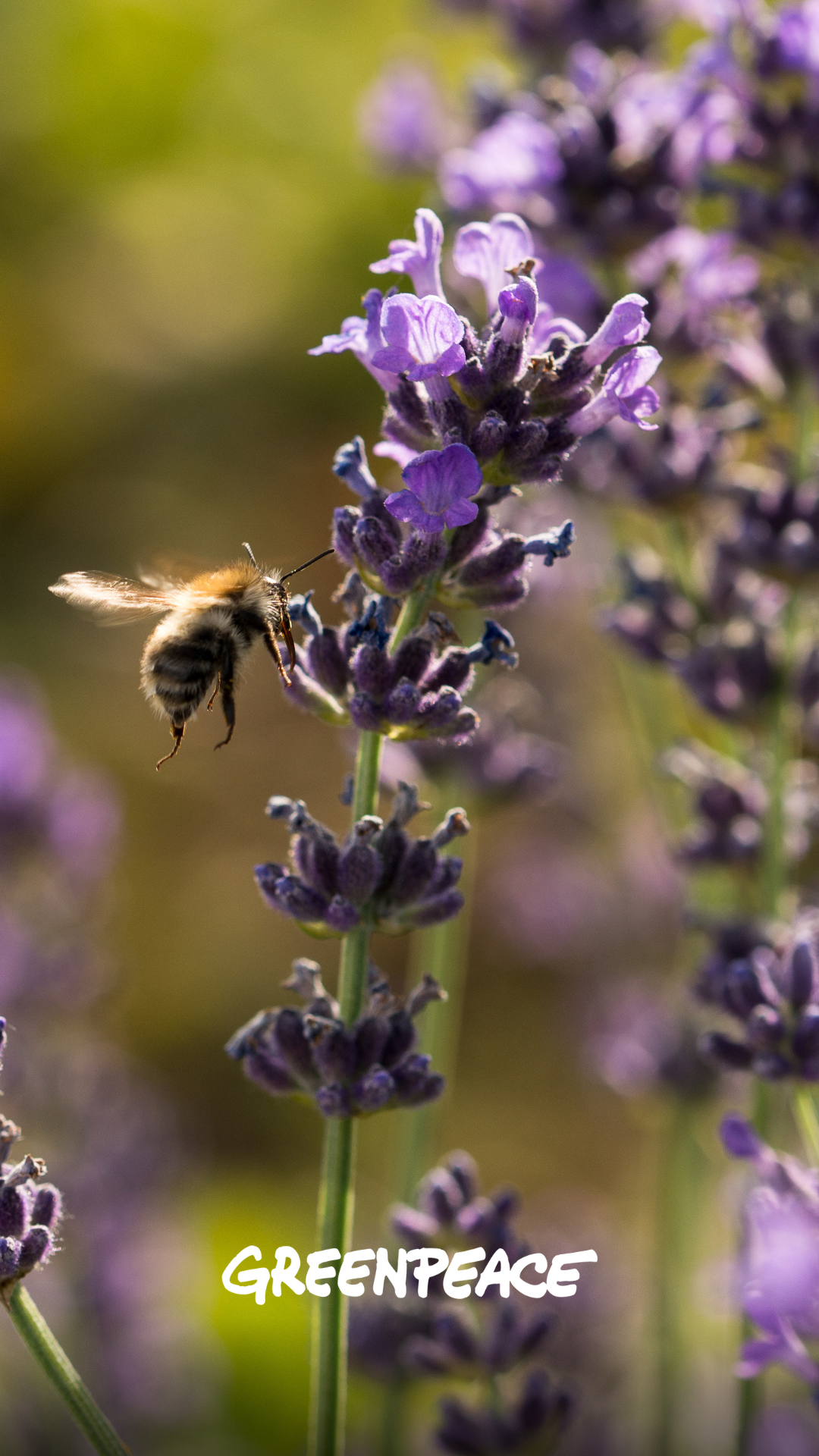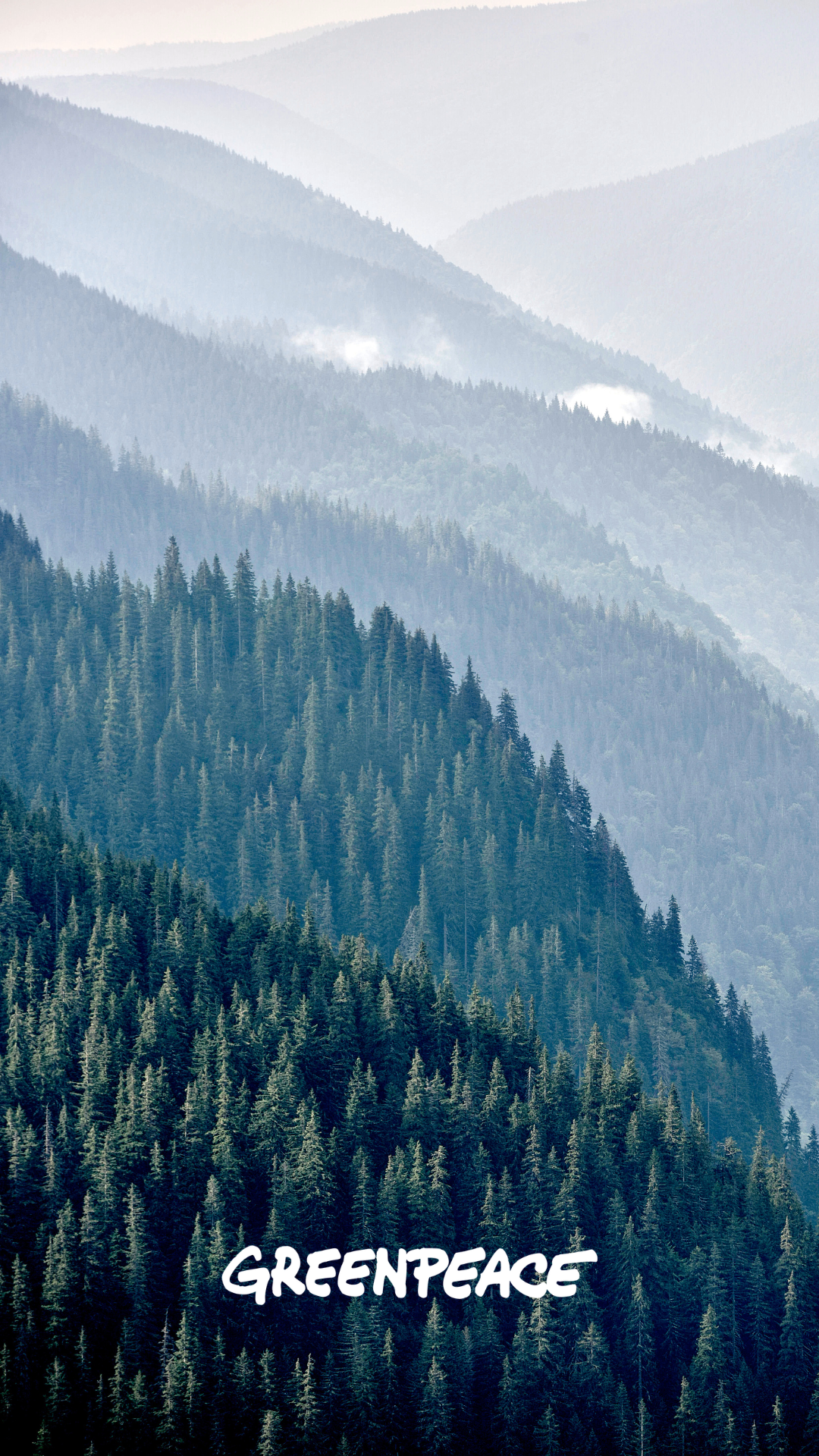
As a valued part of the Greenpeace community, we’re giving you some free phone wallpapers to help bring a touch of nature to your everyday life.
How to set up your wallpaper (Android phones)
Choose a wallpaper from the options below and tap to open it full size. Then:
- Tap and hold on the image.
- Choose ‘Download image’ or ‘Save image’ (wording depends on your browser).
- Open your Gallery or Photos app.
- Tap the three dots menu or ‘Set as wallpaper’ option (usually in sharing or menu actions).
- Choose whether to set it as your home screen, lock screen, or both (it’ll look best on your lock screen).
How to set up your wallpaper (iPhone)
Choose a wallpaper from the options below and tap to open it full size. Then:
- Tap and hold on the image.
- Choose ‘Add to Photos’ or ‘Save Image’ (wording may vary).
- Open your Photos app.
- Tap Share (the square with an arrow).
- Scroll down and select ‘Use as Wallpaper’ or ‘Set as Wallpaper’.
- Choose Set Lock Screen, Set Home Screen, or Set Both (it’ll look best on your lock screen).

It looks like you’re on a desktop computer. To get your wallpaper, scan the QR code to open this page on your phone, then follow the instructions that appear.
Choose your wallpaper
The world’s largest fish
Whale Sharks aren’t actually whales, but they are the largest fish in the world. The largest one ever found was over 18m long.
The Arctic Sunrise sets sail
One of Greenpeace’s iconic ships, the Arctic Sunrise has been used in various Greenpeace campaigns – from saving the whales to stopping oil-drilling in the Arctic. Our ships help us document and challenge nature destruction across the world.
Turtle searching for sponges
Hawksbill turtles are excellent divers, capable of plunging to depths of up to 100 feet while searching for their favorite food – sponges – which they scrape off reefs with their beaks. Unfortunately, they are critically endangered due to threats like habitat loss and climate change.
Seal relaxing on a rock
Southern elephant seals are the largest seal species in the world, and they’ve really earned their crown – males can grow more than 6m long, and weigh nearly 4000kg!
Immortal jellyfish
The Immortal Jellyfish has an incredible superpower: once it becomes an adult, it can regenerate itself and roll back its biological clock. By restarting its life cycle over and over again, these clever creatures could potentially live forever!
Polar bear basks in the sun
These heavyweight champions are the largest land carnivores on Earth! Adult male polar bears can weigh up to 680 kilograms and grow up to a whopping 10 feet long.
Penguins slipping in the snow
Although they’re hilariously clumsy on land, penguins are amazing swimmers. In the water, Gentoo penguins can reach speeds of 22mph – four times faster than the best human swimmers.
Walruses drift on an ice floe
Walrus tusks are oversized teeth, but they’re not for eating. One of their main uses is to help the walrus climb out of the water onto the ice. Which is helpful when you weigh a thousand kilograms and don’t have arms.
The land of snow and ice
Did you know that about 60% of the world’s fresh water is locked up in Antarctica’s ice sheets? If all this ice were to melt, it could raise global sea levels by around 200 feet.
Flying fish
These high flyers are the acrobats of the ocean – launching themselves up to 20 feet above the water’s surface to escape from predators. Move over Cirque du Soleil!
Precious pollinators
Bees are the lifeblood of our ecosystems, pollinating a whopping one-third of the food we eat. A single worker bee can visit up to 5000 flowers in one day!
Canopy of coniferous trees
This forest in the Carpathanian mountains of Romania is dense with coniferous trees – and is home to a huge variety of wildlife, from wolves and brown bears to golden eagles and the Eurasian lynx.
